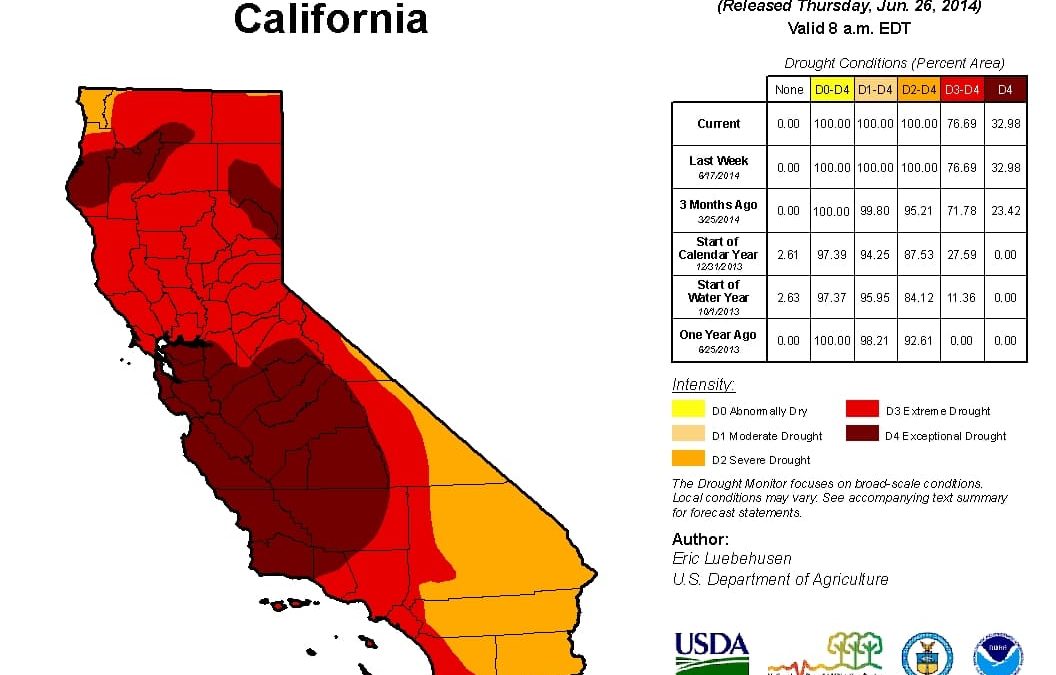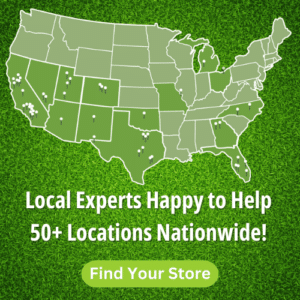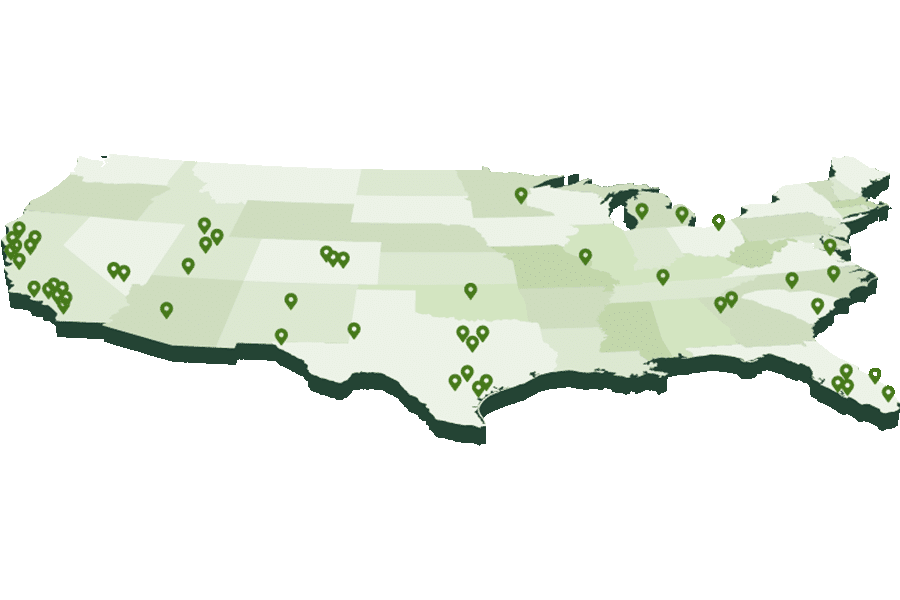Advent of the Drought Resistant Lawn: Single California Households Can Actually Make An Impact
According to the July 22 update from the U.S. Drought Monitor, the California drought continues to worsen. An estimated 33 percent of the state is at a Level D4, or exceptional drought. This is the worst level of drought condition. Meanwhile, the rest of the state is either in a level of extreme drought (D3) or severe drought (D-2).
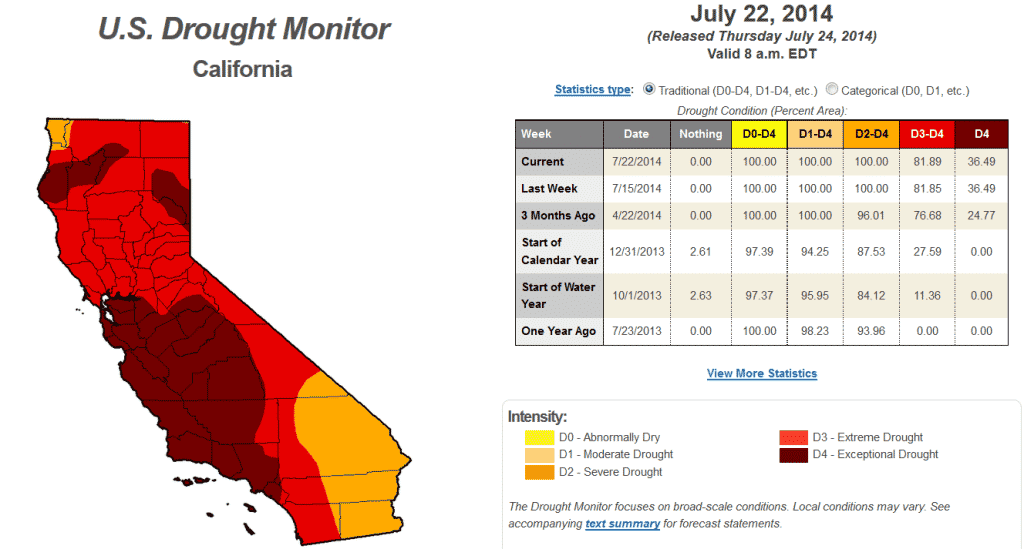
At this point, the majority of Californians are aware of the severity of the drought. Eighty-Eight percent of California voters acknowledge that the state is facing “a crisis or major problem.” While the level of awareness is promising, the overall response to Sacramento’s calls for action has been less encouraging. After Governor Jerry Brown’s repeated pleas for every household to reduce water consumption by 20 percent, water consumption has only dropped by a mere five percent.
So if Californians are concerned about his situation, why is there such a lackluster response to Governor Brown’s request? After all, a twenty percent reduction isn’t that much. Here are a few of the major reasons.
- 1. Urban/Suburban vs. Rural Dichotomy – The bulk of the damage done by the drought is currently being felt in the farmlands and rural areas in California. For example, there are currently 17 California communities that are in danger of running out of water by the summer’s end. Of course, they are all rural communities. In most urban and suburban areas across California, particularly in regions that have a strong water infrastructure, the general attitude is that the drought may as well be happening in another country.
- 2. Unseen Indirect Costs – As mentioned above, those directly hurt by the drought are mostly farmers. They have acres upon acres of unused land, and crops that are drying up. They are experiencing rampant unemployment, and some farms are on the verge of closing. But again, this is unseen by urban/suburban eyes, so many people are unaware of the farmers’ struggles.
- 3. Nonexistent Direct Costs – There are a few counties in northern and central California that are currently imposing fines for overusing water, and a handful that will soon restrict water use. The urban and suburban areas in the state are not yet at that point. Without direct warning or consequences, these areas continue to use water at pre-drought levels.
- 4. Denying Climate Change vs. Population Growth – Despite the urging of scientists and lawmakers, there is still a substantial number of Californians who deny the power of climate change. Rainfall is decreasing. Snowpack in the Sierra Nevada Mountains – one of the four main water sources for California – is down and is expected to decrease by 25% over the next three decades. Droughts are becoming more frequent and more intense. Meanwhile, the California population rises. Consequently, an increasing number of people are using a decreasing amount of water. Despite the obvious signs of unsustainability, there are many who deny the causes of the problem, and thus continue to ignore solutions.
- 5. The Power of One – The question that many people say to themselves is “What can I do that will make a difference? I’m just one person.” When looking at the grand scope of being just one person in a state with over 33 million, it makes the effort to enact change seem overwhelming. The result, as we’re seeing now, is inaction.What those who are not currently feeling the effects of the drought fail to realize is that they soon will feel it too. Among the foreseeable costs are:
- As harvests disappear, agriculture – and in turn, the state’s GDP – will take a big loss in the near future.
- There are also long term consequences. Other areas could replace California’s domination in the agricultural market, such as the medium-grain rice bought from California being replaced by rice bought from Arkansas and Australia.
- The unemployed farmers will cause the state’s employment rate to increase.
- The costs of food, particularly fruits and vegetables, will rise dramatically.
- Urban and suburban areas will soon face the same water restrictions as the as the rural areas, including increased water costs and steep fines for overuse.
- The proposed water bonds needed to solve the statewide problems – currently hovering around the $10 billion range – could rise to be much more costly.
Very soon, the people who refused to reduce water consumption by 20% will be forced to reduce by more, but at a much higher cost.
So how can one substantially reduce domestic water consumption? Shower faster? Flush the toilet less? Wash bigger loads of laundry? While all good options, the easiest way is to consider eliminating that regular grass lawn with a drought resistant lawn.
Natural grass is a massive water drain, requiring thousands of gallons of water to survive annually. And unlike the water that goes down the drain in showers, sinks and toilets – the water that can largely be treated and recycled or reused, thus staying within a region’s water infrastructure the water that is used on lawns disappears.
A drought resistant lawn eliminates water loss and the water costs that come with maintaining regular grass. In addition to saving money on water, drought resistant grass does not require you to need to mow, edge, aerate, fertilize or weed. No need for pesticide, fungicide or herbicide applications. It provides all the perks of having a lush, beautiful yard, without all of the hassles that come with gardening.
We can kid ourselves in the short term that the drought will merely pass and it will be of no cost or consequence to us. However, not only will water conservation soon become a major financial burden on all Californians, if the cycle of droughts continues, water conservation will become an important part of everyday life.
The solution is simple: investing in a drought resistant lawn is beneficial for the state’s water supply and the most efficient (and quick) way for homeowners to save a nice chunk of change. And, it’s the best way in which one single household can make a massive impact.
Did you know that by installing an artificial lawn you’re eligible for state and local programs that offer rebates and other cash incentives for installing artificial grass? Check out the Do-It-Yourself Easy Install Guide to learn how to install a synthetic lawn at your house.
